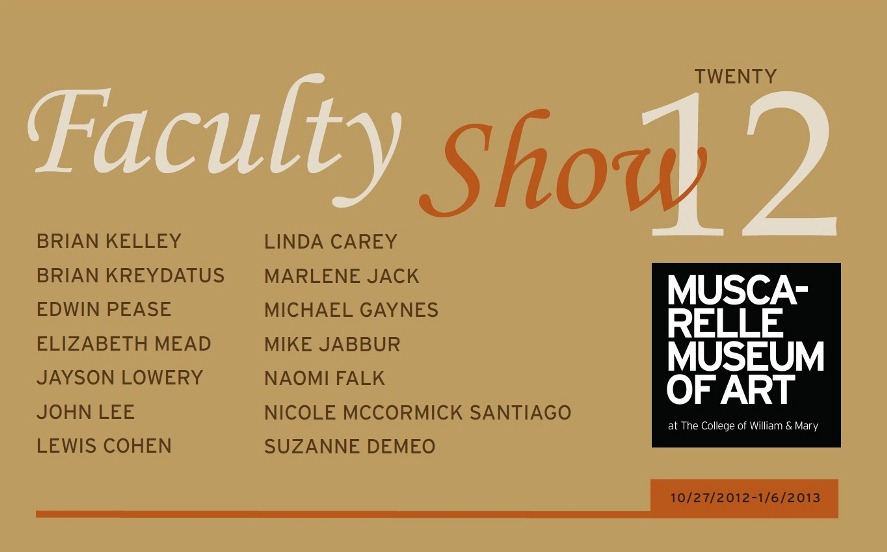Q: All of your work in this show depicts a similar stretch
of road in the Nevada desert, what appealed to you about this area?
A: When my parents retired 15 years ago they moved from
Connecticut to Nevada. Since then I have visited them at least once a year and
I have been photographing the landscape and using the photos to inform my
artwork. Over the past two years my parents have passed away. During my last
visit I found a box filled with photographs my mother had taken of the cloud
formations over the mountains behind their house. The sky is so vast in the west,
the vistas stretching so far because of the lack of trees and the clear thin
air. My mother was really taken with the variety of cloud formations and the
way the “weather” moved through the valley. I have been painting the Nevada
landscape off and on for many years but I never really thought much about
painting clouds. Five out of six of the paintings in this exhibition were taken
in part from my mother’s photographs. The exception is “Field on Fire” which is
based on a photograph that I took very early in the morning as the sun was
coming up over the mountains. The color of the light in the west is different
and the shadows are crisper than ours because of the lack of humidity. I find
the whole area infinitely beautiful and am grateful to my parents that I have
had an opportunity to explore that part of the country. I am feeling the loss
of my parents and also the loss of subject matter for future work.
Q: Why did you choose to use the medium of watercolor for
these scenes?
A: I have not painted in
any other medium since college and did not attempt watercolor until about
twelve years ago. Before that I used paper collage and pastel mostly. Prior to
this series I was working with mixed media; combining watercolor, pastel and
gouache. I wanted to limit myself to watercolor only for this series of
paintings. The medium requires that you think ahead. It is an additive process.
Areas of whites and lights need to be “reserved’ because you cannot go back and
add them later unless you use an opaque medium such as gouache which gives the
work a different look. There really is no such thing as white watercolor paint.
I spent a lot of time on the preliminary drawings which I really enjoyed. Then
there is the surprise element of watercolor because of the way the water and
paper influence the paint.
Q: What artists or periods of art history inspire the
subjects and /or aesthetics of your work?
A: Although I appreciate many different types of art and
artists, I found out a long time ago that looking at a particular artist or
period in art to find inspiration does not usually work for me. It becomes too
much of an academic exercise and I just end up getting lost. Usually the inspiration for my work comes
from the colors and forms of nature or manmade objects. For a while I was
interested in the colors of rust on metal surfaces. When I initially moved to
Virginia I made a series of paper collages with flower and plant forms because
I was inspired by all of the different things that grow in the South compared
to New England. This time my inspiration was my father. He was an incredibly
creative guy and a really good artist. I inherited several of his oil
paintings, watercolors and drawings and have them hanging in my home. After my
mother died I went two years without working in my studio in any serious
way. Between May and July I made twelve
paintings. With my mother’s cloud pictures, my father’s beautiful watercolor
brushes and a stack of their old CD’s, I thought about them as I painted their
big back yard.

a.jpg)











